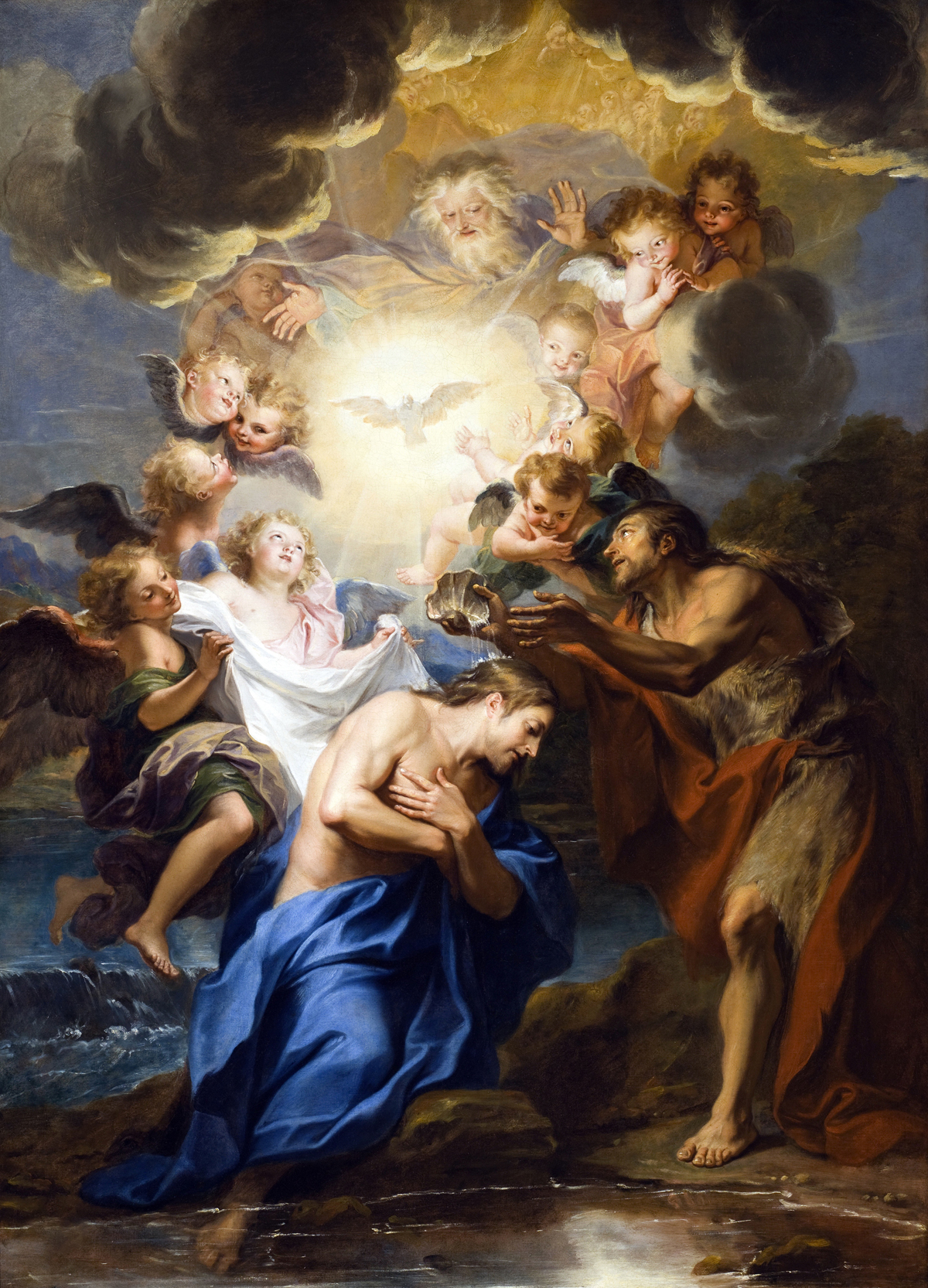Understanding The Sacramental Life
In Catholic theology, the concepts of the baptismal seal and the inflow of habitual grace play crucial roles in understanding the sacramental life and the transformative journey of a Christian. The baptismal seal is seen as an indelible mark imprinted on the soul through the sacrament of Baptism. This mark signifies the Christian’s belonging to Christ and consecrates them for Christian religious worship. It commits Christians to serve God by actively participating in the Church’s liturgical life and exercising their baptismal priesthood through holy living and acts of charity.
Different Terms Of Grace
The term “habitual grace” refers to sanctifying grace, also known as deifying grace, which dwells in the soul of the redeemed, enabling the will to conform to Christ’s holiness. It is distinct from “actual grace,” which refers to the supernatural assistance God grants for specific salutary acts. Habitual grace, received at Baptism and capable of being restored through the Sacrament of Reconciliation if lost through mortal sin, is essential for salvation as it maintains the soul in a state of grace. This grace allows for the presence of the Holy Spirit within, transforming the believer into a temple of the Holy Spirit and enabling them to live out their calling as Christians.
Baptismal Seal
The “seal” mentioned by St. Paul in his letters, particularly to the Ephesians, symbolizes both ownership and protection by God. This seal, conferred through Baptism and strengthened in Confirmation, enables Christians to participate in Christ’s mission and his priestly, prophetic, and kingly offices. By living out these roles, the faithful can lift their hearts in worship, hold and share the true faith, and order their lives according to God’s will, relying on the grace received from these sacraments.
Understanding these concepts sheds light on the profound transformation intended in the Christian life, marked by an ongoing conversion and sanctification process. This journey is supported by the graces received through the sacraments, especially Baptism and Confirmation, which enable Christians to live out their faith dynamically and witness to the Gospel in the world.
Conclusion
For further reading, you might explore the Vatican’s exposition on the grace of Baptism, Ascension Press’s discussion on the graces of Baptism and Confirmation, and Dr. Taylor Marshall’s overview of actual and habitual grace.
